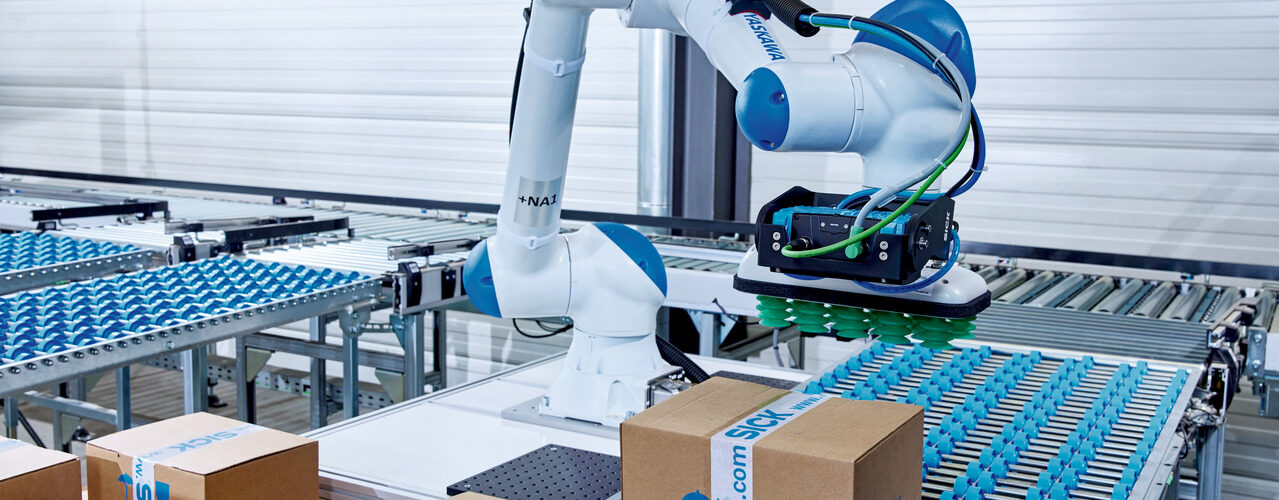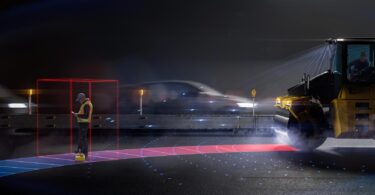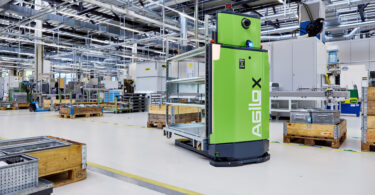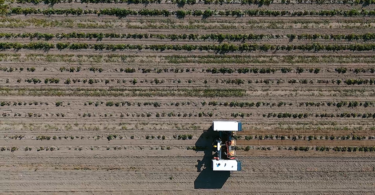Why robots are not going to take over all jobs in the manufacturing industry
The integration of robots and AI in warehouses is indeed transforming the landscape of warehouse jobs, but it’s not as simple as these technologies ‘taking over’ jobs. There’s a lot more nuance to the subject.
While AI and robotics are changing the nature of warehouse work, they are not necessarily eliminating jobs, but rather changing the types of jobs available and the skills required to perform them. The focus is shifting toward more technologically advanced roles that support and complement automated systems.
AI and robotics are automating tasks that were previously manual, which can lead to the displacement of certain job functions. However, this also creates new roles that require different skill sets, such as robotics maintenance and data analytics.
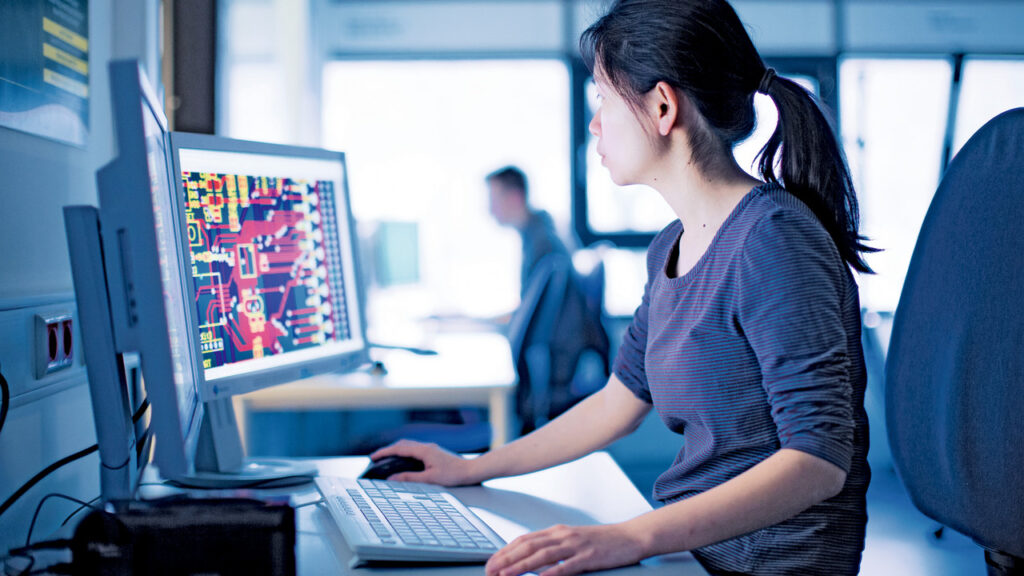
The use of AI-driven robots in warehouses is increasing efficiency and productivity. This can lead to better overall results for businesses, which may, in turn, create more opportunities for employment in other areas.
Research indicates that warehouse workers have mixed feelings about automation. While some fear job loss, others see opportunities for growth and improved working conditions. Employers can address these concerns by providing training for workers to use automated tools and investing in systems to ensure health and safety.
And though many individuals worry about their jobs being taken over by AI and robots, automation actually makes life better for employees in a warehouse setting. AI-driven automation will positively impact human workforces in the long run in three key ways.
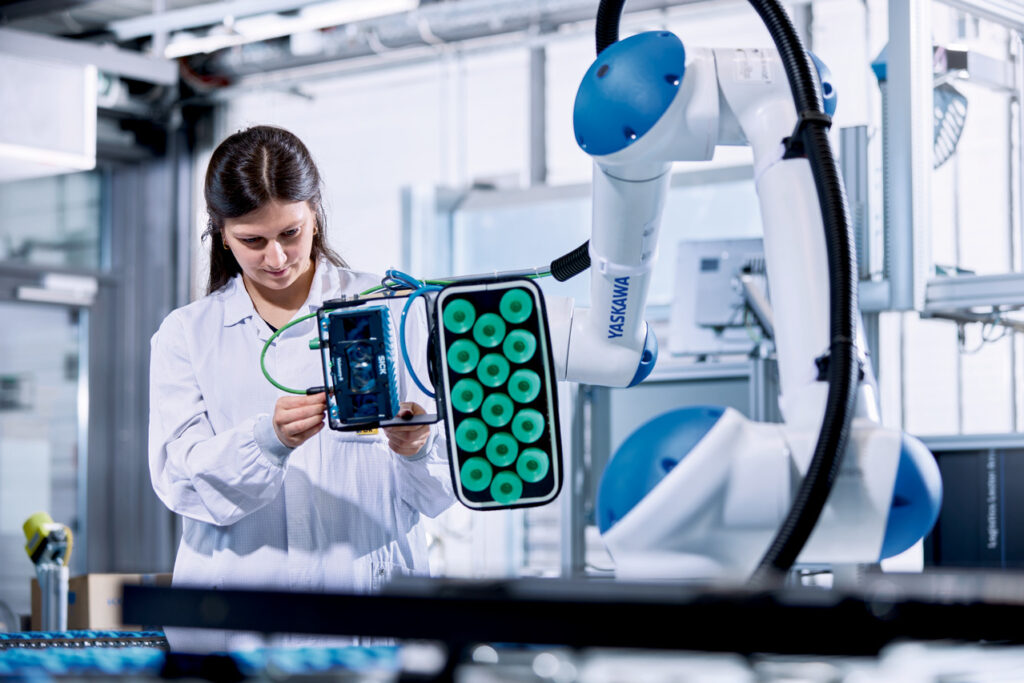
It Makes Work Safer
The advent of AI-driven automation has marked a significant leap forward in creating safer work environments, particularly in the realm of warehouse operations. The deployment of autonomous forklifts and collaborative robots—outfitted with sophisticated computer vision capabilities—has been instrumental in this advancement. These autonomous agents are designed to detect objects and navigate around potential hazards with unparalleled speed and accuracy.
The agility of these systems is remarkable; they can recalibrate routes in mere milliseconds, taking into account the velocity and location of nearby objects. This includes the prompt detection of risks such as objects extending from storage racks or the movement of personnel and equipment through the aisles. The standalone power of computer vision is already formidable, but when augmented with AI, it reaches new heights of operational safety.
Much like the sophisticated algorithms that power navigation apps like Google Maps, which provide real-time traffic updates and accurate arrival times, AI in warehouse robots allows for intricate path planning. This ensures that robots can operate in densely populated work areas without compromising the safety of human colleagues.
In essence, AI-driven automation doesn’t just streamline operations—it actively fosters a culture of safety, where the risk of accidents is significantly diminished, and the well-being of the workforce is placed at the forefront of technological innovation.
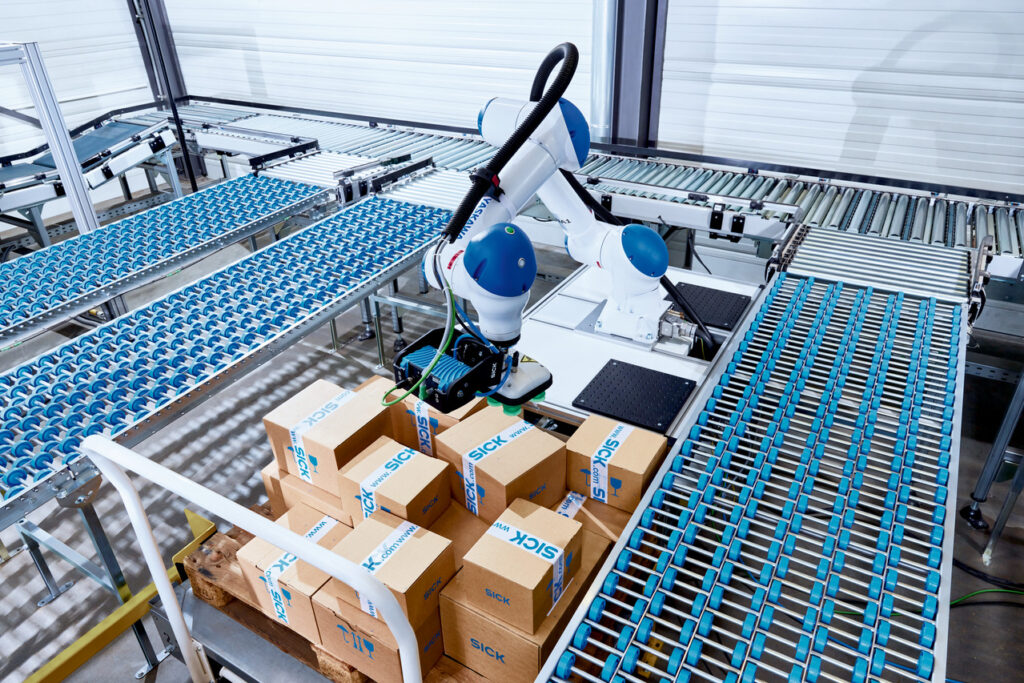
It Makes Work More Productive
AI-driven automation contributes to the productivity of workforces in numerous ways. A prime example is the integration of natural language processing models, which enable intuitive data queries, allowing employees to access and analyze information with unprecedented ease and speed.
Moreover, the field of predictive analytics is experiencing a surge in innovation, particularly with digital twins. These virtual replicas of physical systems allow for the anticipation of future scenarios, pinpointing potential risks and inefficiencies. By leveraging these simulations, businesses can proactively optimize operations and preemptively address failure conditions.
The strategic simulation of robot fleets for route optimization and path planning is a critical step in scaling mobile automation. The impact of such simulations is tangible, with some businesses witnessing a return on investment in mere months after implementing predictive condition monitoring programs.
Another example and exciting area is the ability to simulate future outcomes – using digital twins to identify risks and inefficiencies and make predictions to optimize or identify failure conditions.
It’s important to note that AI’s capabilities extend far beyond language and vision; it is inherently multimodal. Consider the array of sensors now embedded in autonomous forklifts and Autonomous Mobile Robots (AMRs). Simulating robot fleets for route optimization and path planning is a key development stage to scale mobile automation. This simulated environment example is profound many see a quick return on investment with the use of a predictive condition monitoring program in place at their operations.
In essence, AI-driven automation is not just a technological upgrade—it is a catalyst for workforce empowerment, enabling teams to achieve more with less, reducing downtime, and fostering a culture of continuous improvement and innovation. The synergy between AI and human expertise is creating a new paradigm of workplace productivity.
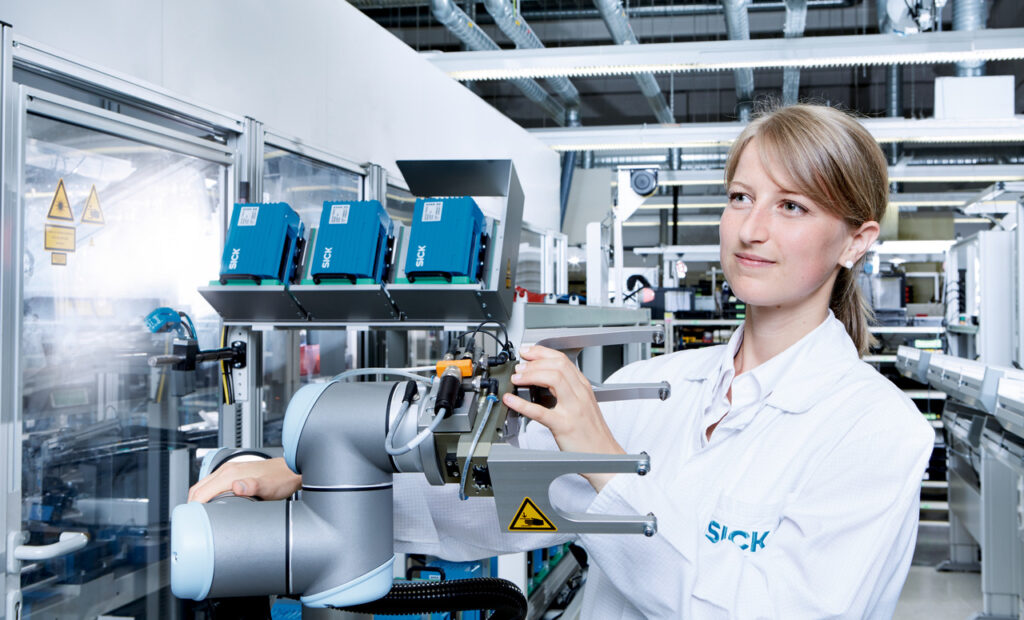
It Makes Work More Enjoyable
AI-driven automation is transforming the warehouse workplace into a more engaging and satisfying environment for workers. First, it allows for the reduction of repetitive, dull tasks, freeing workers to concentrate on more intellectually stimulating and rewarding activities. This shift allows employees to engage in problem-solving and strategic thinking, which are more fulfilling aspects of work.
By removing the burden of tedious tasks, AI automation allows workers to explore areas that foster creativity and innovation. This not only improves job satisfaction but also opens opportunities for professional growth and development.
Automation addresses the ‘dirty and dangerous’ aspects of warehouse work by employing machines to handle hazardous or uncomfortable tasks. This leads to a safer and more comfortable workplace, which is inherently more enjoyable for the workforce.
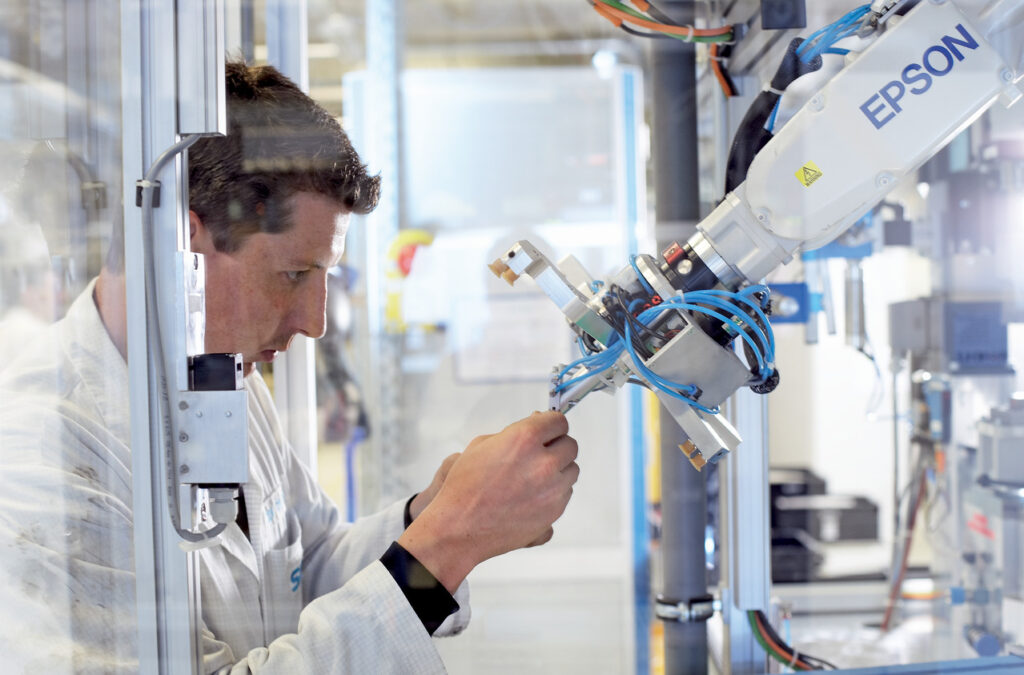
Adapting to Robots
As workers adapt to collaborating with advanced machines, they acquire new skills and competencies. This learning process can be rewarding and can lead to a sense of accomplishment as workers become proficient in operating alongside these capable machines.
In essence, AI-driven automation not only makes the warehouse work environment safer and more efficient but also more enjoyable by elevating the nature of the work and enhancing the overall job experience for the workers. The integration of AI in warehouses is not just about improving productivity—it’s also about enriching the work life of the human workforce.


